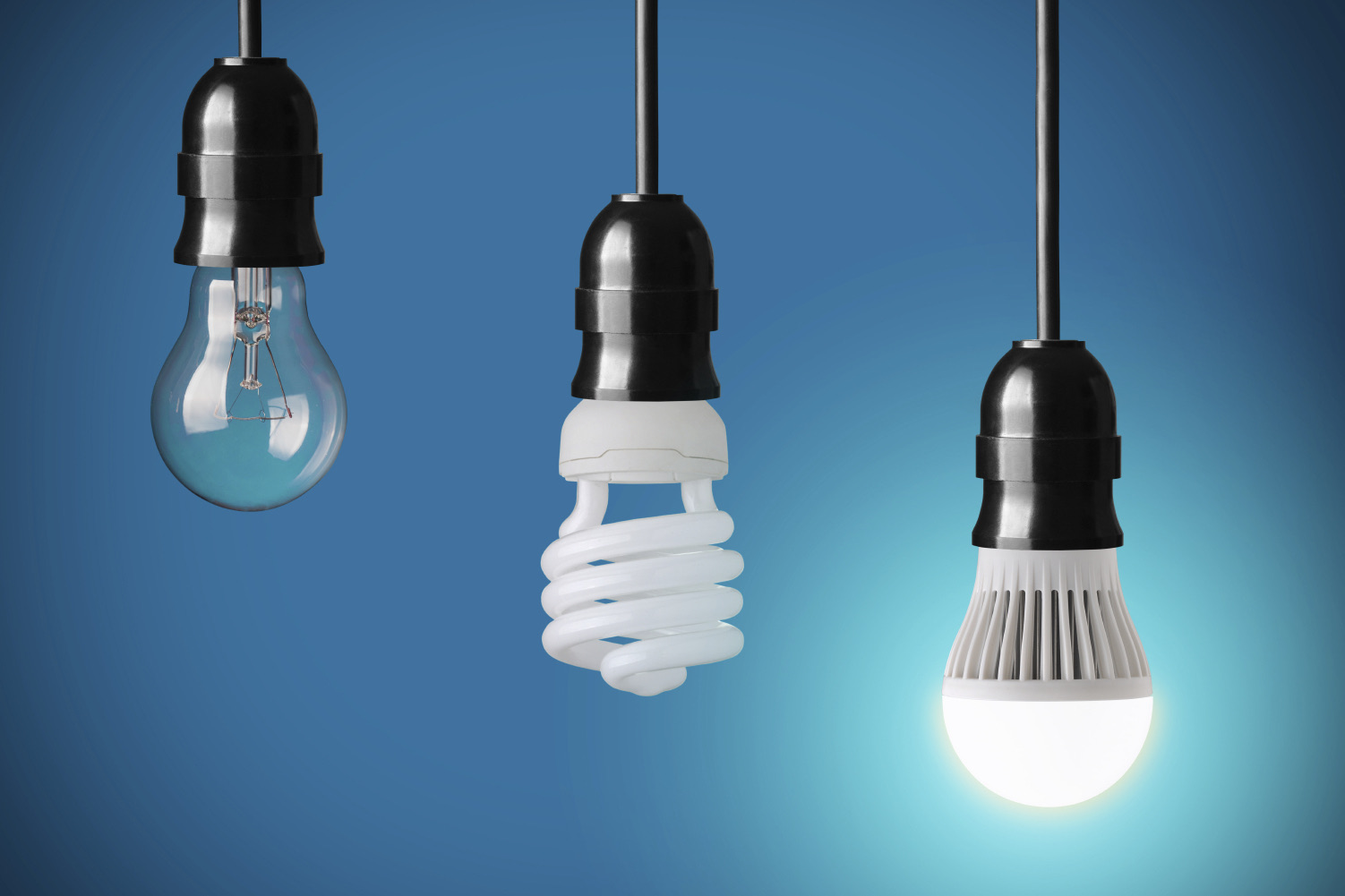

Articles
What Is The Most Energy Efficient Light Bulb
Modified: August 25, 2024
Discover the most energy efficient light bulb options and tips for choosing the right one for your needs. Read our informative articles on energy-saving lighting solutions.
(Many of the links in this article redirect to a specific reviewed product. Your purchase of these products through affiliate links helps to generate commission for Storables.com, at no extra cost. Learn more)
Introduction
When it comes to lighting our homes or workplaces, energy efficiency is an important factor to consider. Not only does it help reduce our carbon footprint and environmental impact, but it also saves us money on energy bills in the long run. With the advancement of technology, there are now several options available in the market that claim to be energy-efficient. In this article, we will explore the different types of light bulbs and determine which one is the most energy-efficient.
Before we dive into the specifics, let’s understand the basics of energy-efficient light bulbs. In simple terms, energy efficiency refers to the amount of light produced by a bulb in relation to the amount of energy it consumes. A more energy-efficient bulb will produce the same amount of light or even more while using less energy than a less efficient bulb. This not only helps in reducing energy consumption but also extends the lifespan of the bulb, resulting in lower replacement costs.
Over the years, traditional incandescent light bulbs have dominated the market. However, these bulbs are notorious for their low energy efficiency. They work by passing an electric current through a filament, which emits light. While they are inexpensive and provide a warm glow, a significant portion of the energy is wasted as heat, making them highly inefficient.
To address this issue, several energy-efficient alternatives have been developed. The most common ones available in the market today are Compact Fluorescent Lamps (CFLs), Light Emitting Diodes (LEDs), and Halogen light bulbs. Each of these bulbs has its own set of benefits and characteristics that make them suitable for different environments and preferences.
In the following sections, we will take a closer look at each type of light bulb, compare their energy efficiency, and explore the factors that should be considered when choosing the most energy-efficient option for your needs.
Key Takeaways:
- LED bulbs are the most energy-efficient option, providing bright, high-quality light while consuming minimal energy. Their exceptional lifespan and cost savings make them the top choice for environmentally conscious consumers.
- When choosing light bulbs, consider factors such as energy efficiency, brightness, color temperature, compatibility, lifespan, dimmability, color rendering, environmental impact, and cost. By weighing these factors, you can make an informed decision and opt for the most suitable and energy-efficient option available.
Incandescent Light Bulbs
Incandescent light bulbs have been a staple in homes for many years. They are known for their warm and familiar glow, creating a cozy and inviting atmosphere. However, when it comes to energy efficiency, incandescent bulbs fall short.
These bulbs work by passing an electric current through a tungsten filament, causing it to heat up and emit light. While this traditional method is simple and affordable, it is highly inefficient. Incandescent bulbs waste a significant amount of energy as heat rather than converting it into light. In fact, up to 90% of the energy consumed by an incandescent bulb is lost as heat. This inefficiency makes them one of the least energy-efficient options available.
Another drawback of incandescent bulbs is their short lifespan. On average, an incandescent bulb lasts for around 1,000 hours. This means frequent replacements, which not only increases the cost but also contributes to additional waste in the environment.
Due to this low energy efficiency and short lifespan, governments and environmental organizations around the world have been phasing out incandescent bulbs and encouraging consumers to switch to more energy-efficient alternatives.
However, if you still prefer the warm ambiance of incandescent bulbs, you can opt for halogen incandescent bulbs. These are an improved version of traditional incandescent bulbs, utilizing halogen gas to increase energy efficiency and lifespan. Halogen bulbs typically last longer than standard incandescent bulbs and can produce a brighter light while consuming less energy.
Overall, while incandescent bulbs may have their aesthetic appeal, their poor energy efficiency and short lifespan make them an impractical choice for those seeking to reduce energy consumption and lower their carbon footprint.
Compact Fluorescent Lamps (CFLs)
Compact Fluorescent Lamps (CFLs) are one of the most popular energy-efficient alternatives to traditional incandescent bulbs. They have gained popularity due to their improved energy efficiency and longer lifespan.
CFLs work by passing an electric current through a tube containing mercury vapor and a phosphor coating. This process results in the emission of ultraviolet light, which then gets converted into visible light when it interacts with the phosphor coating. CFLs provide a bright, white light that is comparable to incandescent bulbs but with significantly less energy consumption.
Compared to incandescent bulbs, CFLs are far more efficient, using approximately 70-80% less energy to produce the same amount of light. This energy savings translates into reduced electricity bills over time. Additionally, CFLs can last up to 10 times longer than incandescent bulbs, with an average lifespan of around 8,000 to 10,000 hours. This not only saves money on replacement costs but also reduces the amount of waste generated.
It’s worth noting that CFLs require a short warm-up period to reach their full brightness. When first turned on, they may appear dim, but they gradually reach their maximum output within a minute or two. Additionally, CFLs contain a small amount of mercury, which is a concern when it comes to disposal. It is important to handle and dispose of CFLs properly by recycling them at designated recycling centers to minimize environmental impact.
CFLs come in various shapes and sizes, making them suitable for a wide range of lighting fixtures and applications. They are generally more expensive than incandescent bulbs but offer significant long-term cost savings through energy efficiency and extended lifespan.
While CFLs are a great energy-efficient option, they are slowly being replaced by even more advanced technology – Light Emitting Diodes (LEDs). LEDs offer even greater energy efficiency and longer lifespan, making them an attractive choice for those looking for the most energy-efficient lighting solutions.
Light Emitting Diodes (LEDs)
Light Emitting Diodes (LEDs) have revolutionized the lighting industry with their exceptional energy efficiency and long lifespan. They have quickly become the go-to choice for energy-conscious consumers and businesses.
LEDs work by using a semiconductor material that emits light when an electric current passes through it. Unlike incandescent bulbs and CFLs, LEDs do not rely on heating a filament or gas to produce light. This makes them incredibly energy-efficient, as they convert nearly all of the energy they consume into light, with very little wasted as heat.
LEDs are significantly more efficient than both incandescent bulbs and CFLs, using approximately 75-80% less energy to produce the same amount of light. This energy savings can result in substantial cost savings on electricity bills over time. Furthermore, LEDs have an impressive lifespan of up to 50,000 hours or more, far surpassing both incandescent and CFL bulbs. This longevity not only reduces the frequency of bulb replacements but also contributes to less waste being generated.
Aside from their energy efficiency and long lifespan, LEDs offer a range of additional benefits. They are highly durable and resistant to shock and vibrations, making them ideal for various environments and applications. LEDs also have instant full brightness, eliminating the need for warm-up time. Additionally, LEDs are available in a wide variety of colors, making them versatile for both general lighting and decorative purposes.
While LEDs tend to be more expensive upfront compared to incandescent bulbs and CFLs, their long-term cost savings and environmental benefits outweigh the initial investment. As technology continues to advance, the cost of LEDs has significantly decreased, making them more affordable and accessible to consumers.
LED technology is continuously evolving, with new innovations such as smart LEDs and dimmable LEDs being introduced to the market. These advancements further enhance energy efficiency and offer additional features and customization options.
Overall, Light Emitting Diodes (LEDs) are the most energy-efficient lighting option currently available. They provide bright, high-quality light while consuming minimal energy and lasting significantly longer than traditional incandescent bulbs and CFLs. LEDs are an excellent long-term investment for both cost savings and environmental sustainability.
LED light bulbs are the most energy efficient option, using 75% less energy than traditional incandescent bulbs. Look for the Energy Star label for the most efficient choices.
Halogen Light Bulbs
Halogen light bulbs offer a combination of energy efficiency and familiar lighting aesthetics. They are an improved version of traditional incandescent bulbs, incorporating halogen gas to enhance their performance.
Halogen bulbs work similarly to incandescent bulbs, with a tungsten filament that emits light when an electric current passes through it. However, the addition of halogen gas increases energy efficiency and extends the lifespan of the bulb.
Compared to standard incandescent bulbs, halogen bulbs are approximately 10-20% more energy-efficient. They achieve this by recycling the heat generated during operation, allowing the filament to burn hotter and produce more light. As a result, less energy is wasted as heat, making halogen bulbs a more efficient choice.
Halogen bulbs also have a longer lifespan compared to incandescent bulbs. While incandescent bulbs typically last for around 1,000 hours, halogen bulbs can last for up to 2,000-4,000 hours. This extended lifespan reduces the need for frequent replacements and contributes to cost savings in the long run.
One of the advantages of halogen bulbs is their ability to provide a crisp and bright light output. The color temperature of halogen bulbs closely resembles natural daylight, providing excellent color rendering and enhancing visual clarity. This makes them well-suited for applications that require accurate color representation, such as art galleries and retail spaces.
It’s important to note that halogen bulbs operate at higher temperatures than incandescent bulbs, which may pose a fire risk if not handled properly. It is recommended to avoid touching the surface of a halogen bulb with bare hands, as oils from the skin can cause the bulb to overheat and potentially shatter.
While halogen bulbs are more energy-efficient than traditional incandescent bulbs, they still fall behind other options such as CFLs and LEDs in terms of overall energy efficiency and lifespan. However, they remain a popular choice for those who value the warm color temperature and brightness that halogen bulbs provide.
When considering halogen bulbs, it’s important to weigh their energy efficiency and lighting qualities against the more advanced options available in the market. For those seeking optimal energy efficiency, long lifespan, and advanced features, alternatives like CFLs and LEDs are a better choice.
Read more: What Is A Full Spectrum Light Bulb
Comparing Energy Efficiency
When it comes to comparing the energy efficiency of different light bulbs, several factors should be considered. Let’s take a closer look at how incandescent bulbs, CFLs, LEDs, and halogen bulbs stack up against each other in terms of energy efficiency.
Incandescent bulbs are the least energy-efficient option, with approximately 90% of the energy they consume being lost as heat. They are gradually being phased out due to their inefficiency and short lifespan.
CFLs offer a significant improvement in energy efficiency compared to incandescent bulbs. They use around 70-80% less energy to produce the same amount of light. Additionally, CFLs can last up to 10 times longer than incandescent bulbs, resulting in both energy and cost savings in the long run.
While CFLs are a popular choice for energy efficiency, they are being overtaken by Light Emitting Diodes (LEDs) in terms of performance. LEDs are the most energy-efficient option, using approximately 75-80% less energy than incandescent bulbs. They convert nearly all of the energy they consume into light, with little wasted as heat. Furthermore, LEDs have an exceptional lifespan of up to 50,000 hours or more, reducing replacement costs and waste generation.
Halogen bulbs offer improved energy efficiency compared to standard incandescent bulbs, but they fall behind CFLs and LEDs. They recycle heat more effectively, making them approximately 10-20% more efficient than incandescent bulbs. However, their energy efficiency is still lower compared to CFLs and LEDs, and their lifespan is shorter as well.
When considering energy efficiency, it is important to note that different bulbs may have different light output levels. For example, a traditional incandescent bulb may have a higher wattage compared to a CFL or LED bulb to produce the same level of brightness. It’s important to compare the lumens (light output) rather than just the wattage when evaluating energy efficiency.
Overall, CFLs and LEDs are the top choices for energy efficiency. While CFLs offer significant energy savings and a longer lifespan, LEDs surpass them in both efficiency and longevity. LEDs are the most energy-efficient option, providing substantial savings on electricity bills and reducing environmental impact.
When selecting light bulbs, it is important to consider the specific needs and preferences for each application. Factors such as color temperature, brightness, bulb size, and compatibility with fixtures should also be taken into account alongside energy efficiency.
Factors to Consider When Choosing Light Bulbs
Choosing the right light bulb goes beyond just energy efficiency. There are several factors to consider to ensure that the bulb meets your specific needs and preferences. Here are some key factors to consider when selecting light bulbs:
- Energy Efficiency: Consider the energy efficiency of the bulb to reduce energy consumption and save on electricity bills. Opt for CFLs or LEDs, as they are the most energy-efficient options.
- Brightness and Light Output: Determine the level of brightness required for the intended area. Look for the lumens rating, which indicates the amount of light the bulb produces. Choose a bulb with appropriate brightness to suit the space.
- Color Temperature: Consider the color temperature, measured in Kelvin (K), which determines the warmth or coolness of the light. Lower Kelvin values (e.g., 2700K-3000K) produce a warmer, yellowish light, while higher Kelvin values (e.g., 4000K-6500K) produce cooler, bluish light.
- Compatibility: Ensure that the bulb is compatible with the fixture you plan to use it in. Check the bulb’s base type and size to match the socket or fixture requirements.
- Lifespan: Consider the lifespan of the bulb, as it impacts maintenance and replacement costs. CFLs generally last longer than incandescent bulbs, but LEDs have the longest lifespan, reducing the need for frequent replacements.
- Dimmability: If you desire the ability to dim the lights, check if the bulb is specifically labeled as dimmable. Not all bulbs are compatible with dimmer switches, so ensure compatibility if this feature is important to you.
- Color Rendering: Evaluate the Color Rendering Index (CRI) of the bulb, which measures the accuracy of how colors appear under its light. Look for bulbs with a high CRI to ensure colors are represented accurately and vividly.
- Environmental Impact: Consider the environmental impact of the bulb. Look for bulbs labeled as low-mercury or mercury-free, and choose bulbs that can be easily recycled when they reach the end of their life.
- Cost: While energy-efficient bulbs may have a higher upfront cost, consider the long-term cost savings they offer. Factor in the lifespan and energy efficiency to determine the overall cost-effectiveness of the bulb.
By considering these factors, you can make an informed decision when choosing light bulbs that suit your needs, preferences, and environmental considerations. Balancing energy efficiency, brightness, color temperature, and other factors will ensure you find the right bulb for each space and application.
Conclusion
Choosing the most energy-efficient light bulb is crucial for reducing energy consumption, saving money on electricity bills, and minimizing environmental impact. In this article, we explored the different types of light bulbs and compared their energy efficiency.
Traditional incandescent bulbs are highly inefficient, wasting a significant amount of energy as heat. They are gradually being replaced by more energy-efficient alternatives such as Compact Fluorescent Lamps (CFLs), Light Emitting Diodes (LEDs), and halogen bulbs.
CFLs offer improved energy efficiency and longer lifespan compared to incandescent bulbs. They are a popular choice for those seeking energy savings and cost-effectiveness. However, CFLs are now being overshadowed by LEDs, which are the most energy-efficient option available. LEDs are highly efficient, convert most of the energy into light, and have an exceptional lifespan.
Halogen bulbs provide a balance between energy efficiency and lighting aesthetics. They are an improved version of incandescent bulbs and offer better efficiency and longer lifespan compared to traditional incandescent bulbs. However, they are less efficient than CFLs and LEDs.
When selecting light bulbs, it’s important to consider factors such as energy efficiency, brightness, color temperature, compatibility, lifespan, dimmability, color rendering, environmental impact, and cost. By weighing these factors, you can choose the most suitable bulb for each application.
Overall, LED bulbs emerge as the top choice for energy efficiency, longevity, and cost savings. They provide bright, high-quality light while consuming minimal energy. Furthermore, LEDs are highly durable and versatile, offering a wide range of options for various lighting needs.
By making an informed decision and opting for energy-efficient light bulbs, you not only contribute to a greener environment but also enjoy long-term cost savings. So, take the time to assess your lighting needs and make the switch to the most energy-efficient light bulbs available.
Frequently Asked Questions about What Is The Most Energy Efficient Light Bulb
Was this page helpful?
At Storables.com, we guarantee accurate and reliable information. Our content, validated by Expert Board Contributors, is crafted following stringent Editorial Policies. We're committed to providing you with well-researched, expert-backed insights for all your informational needs.
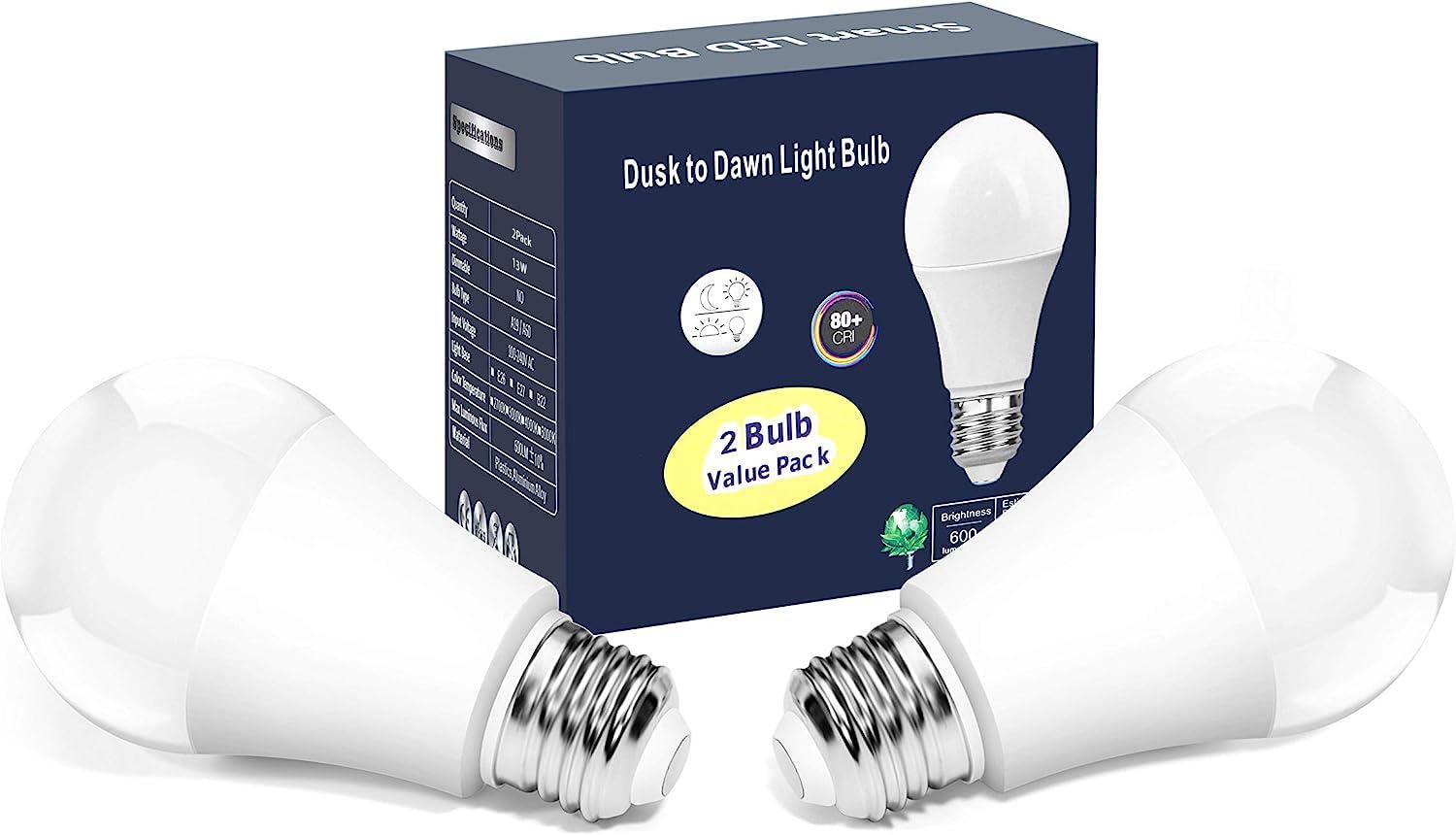
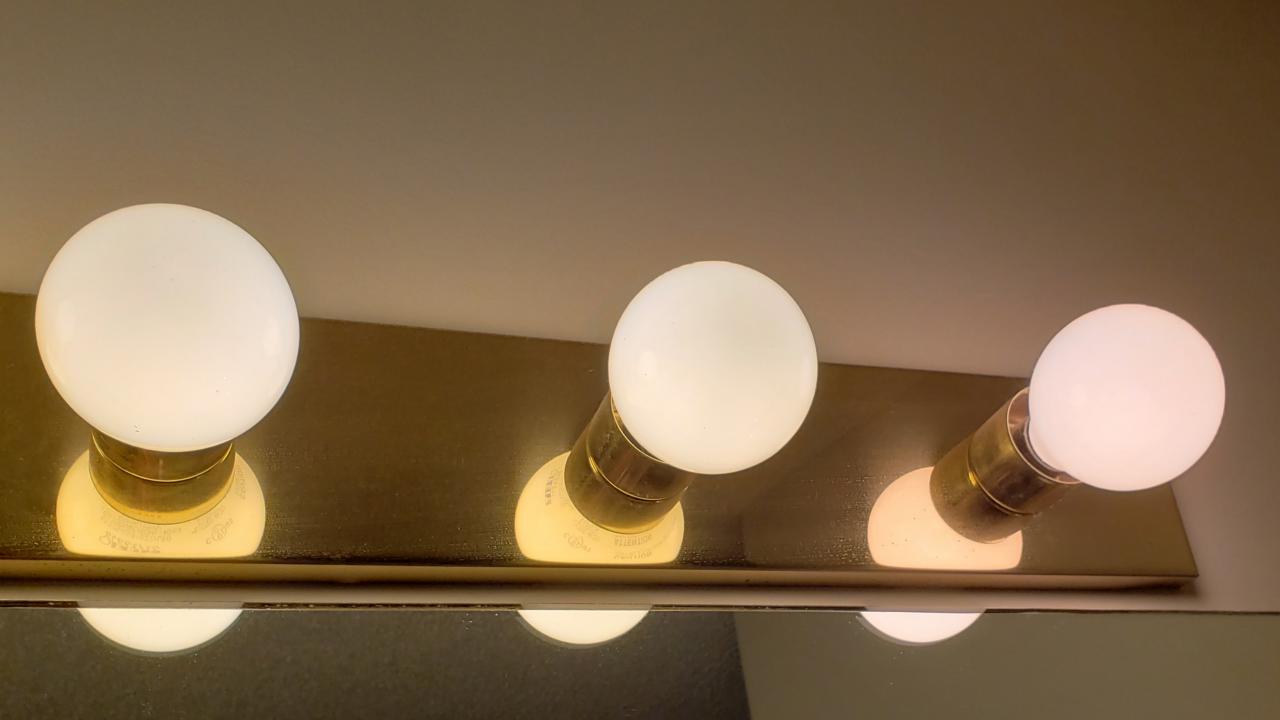
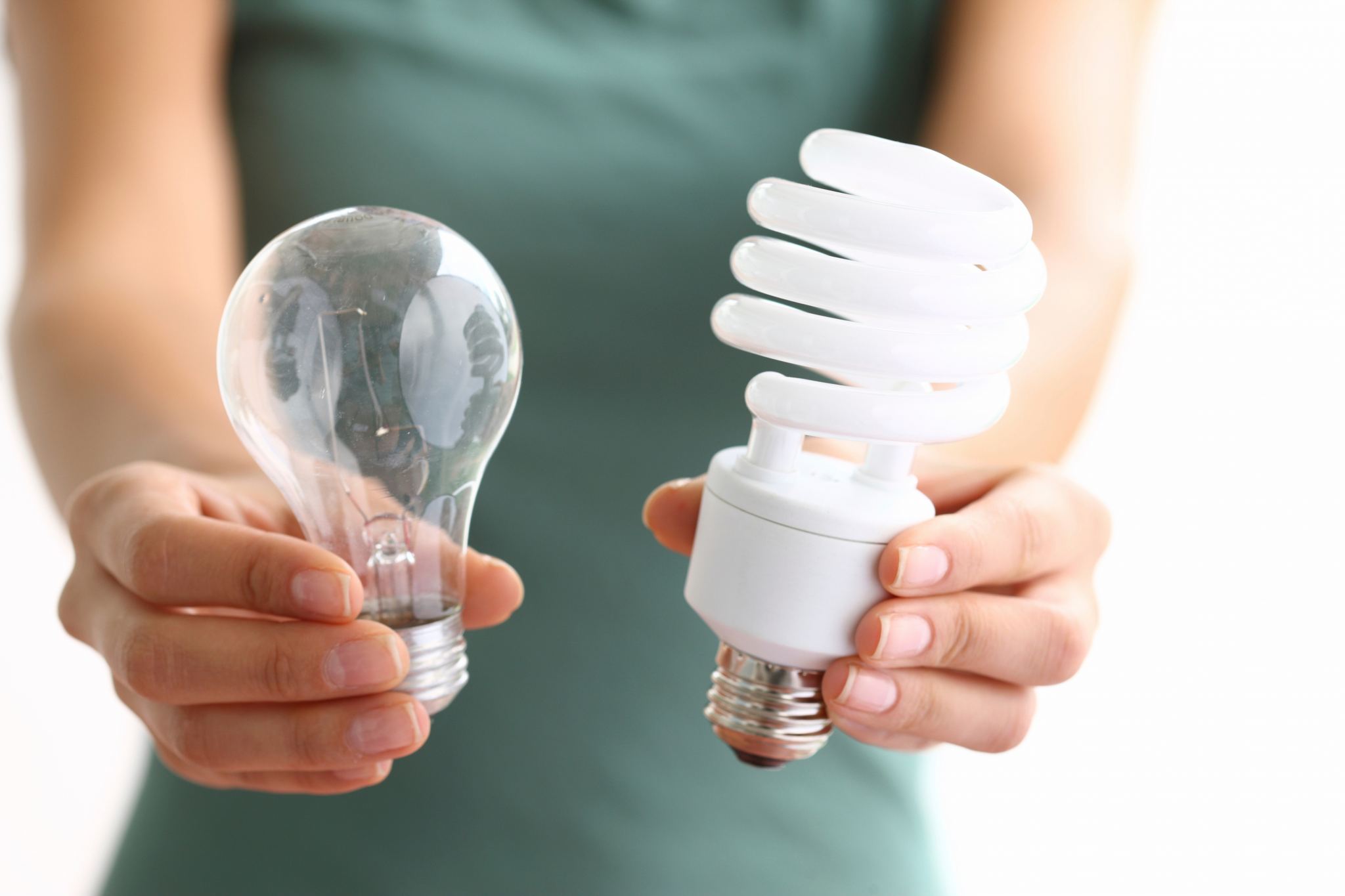
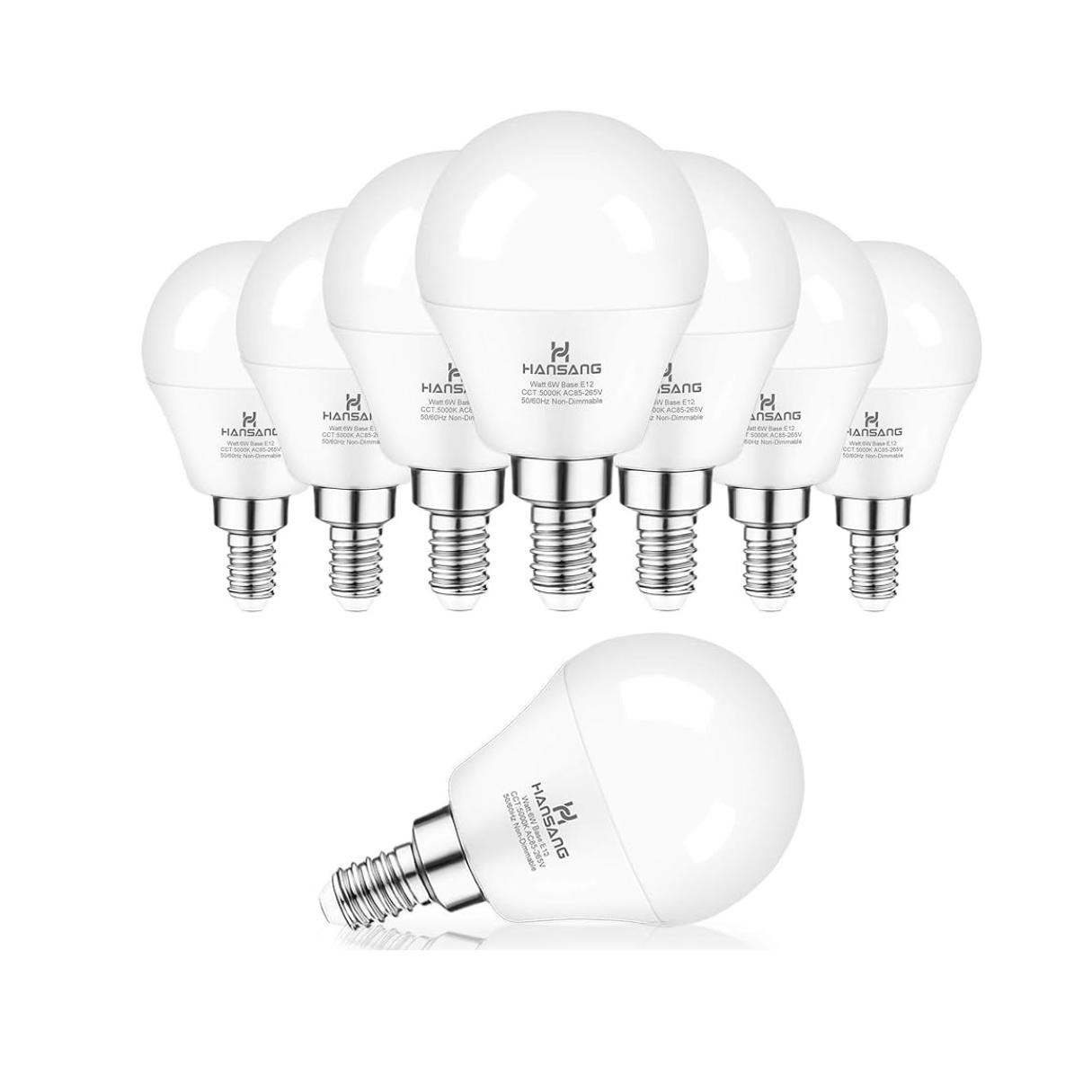
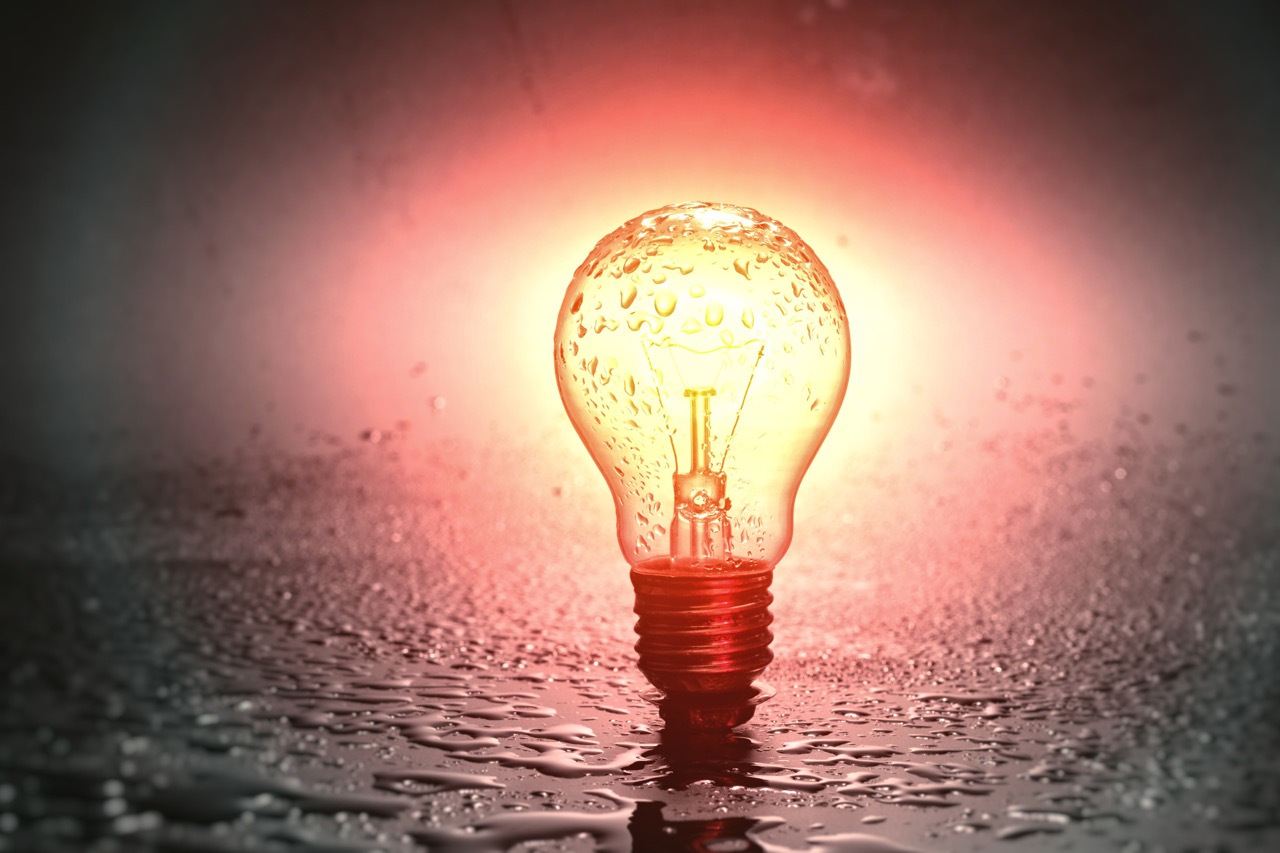
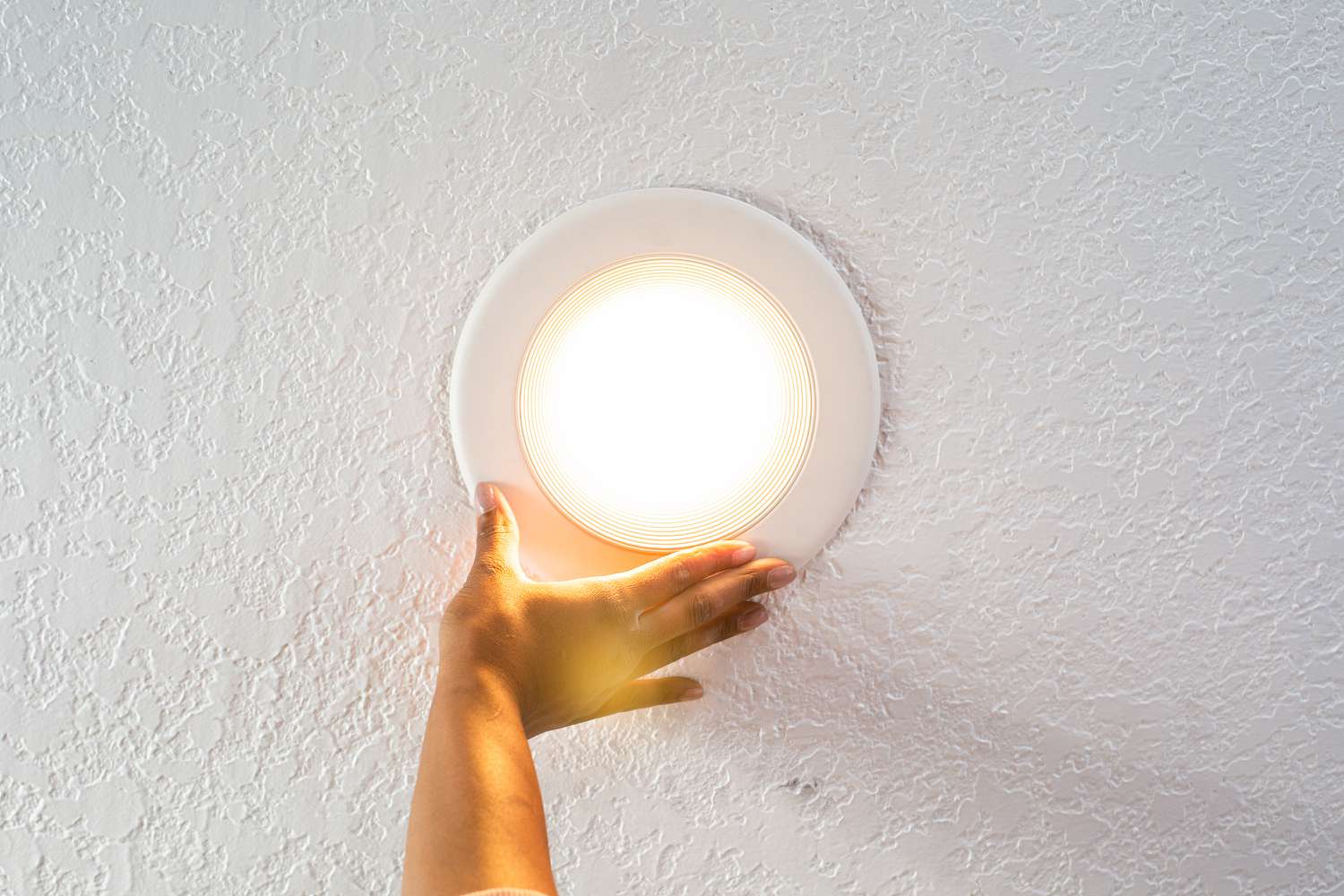
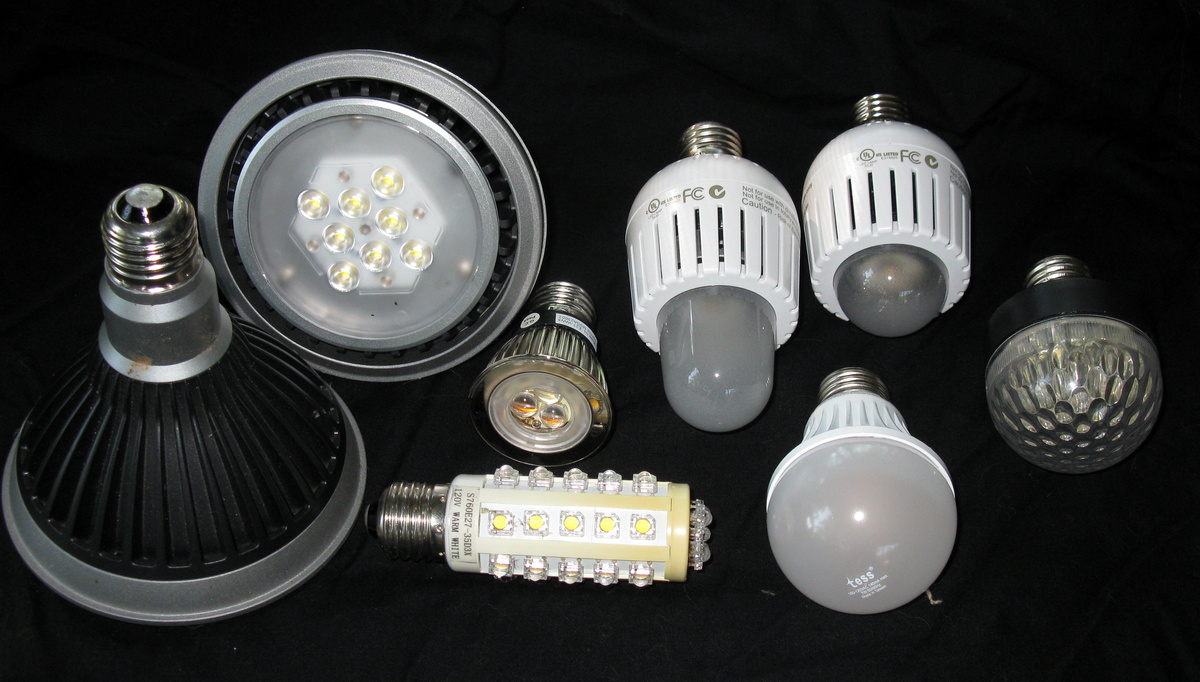
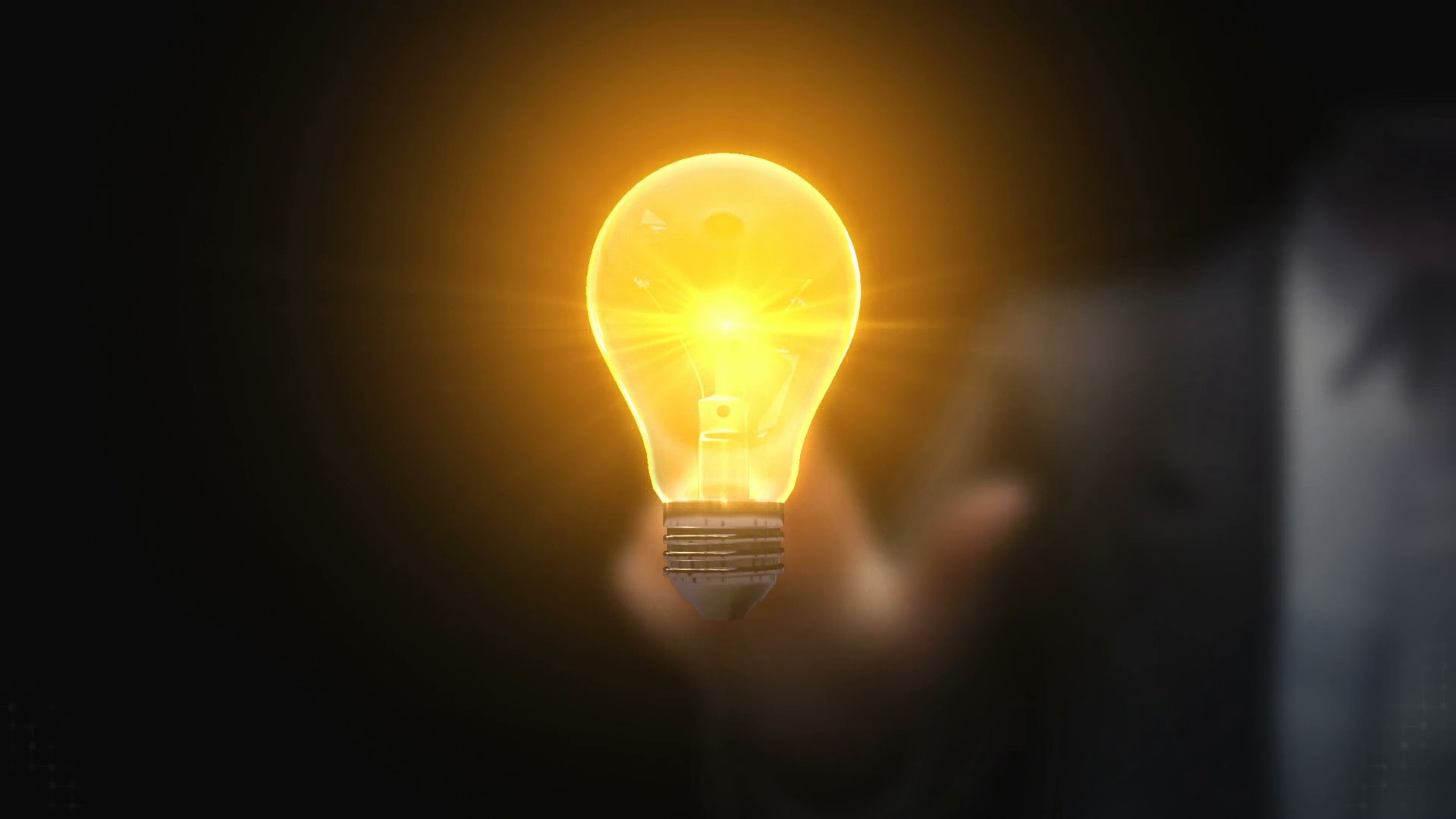
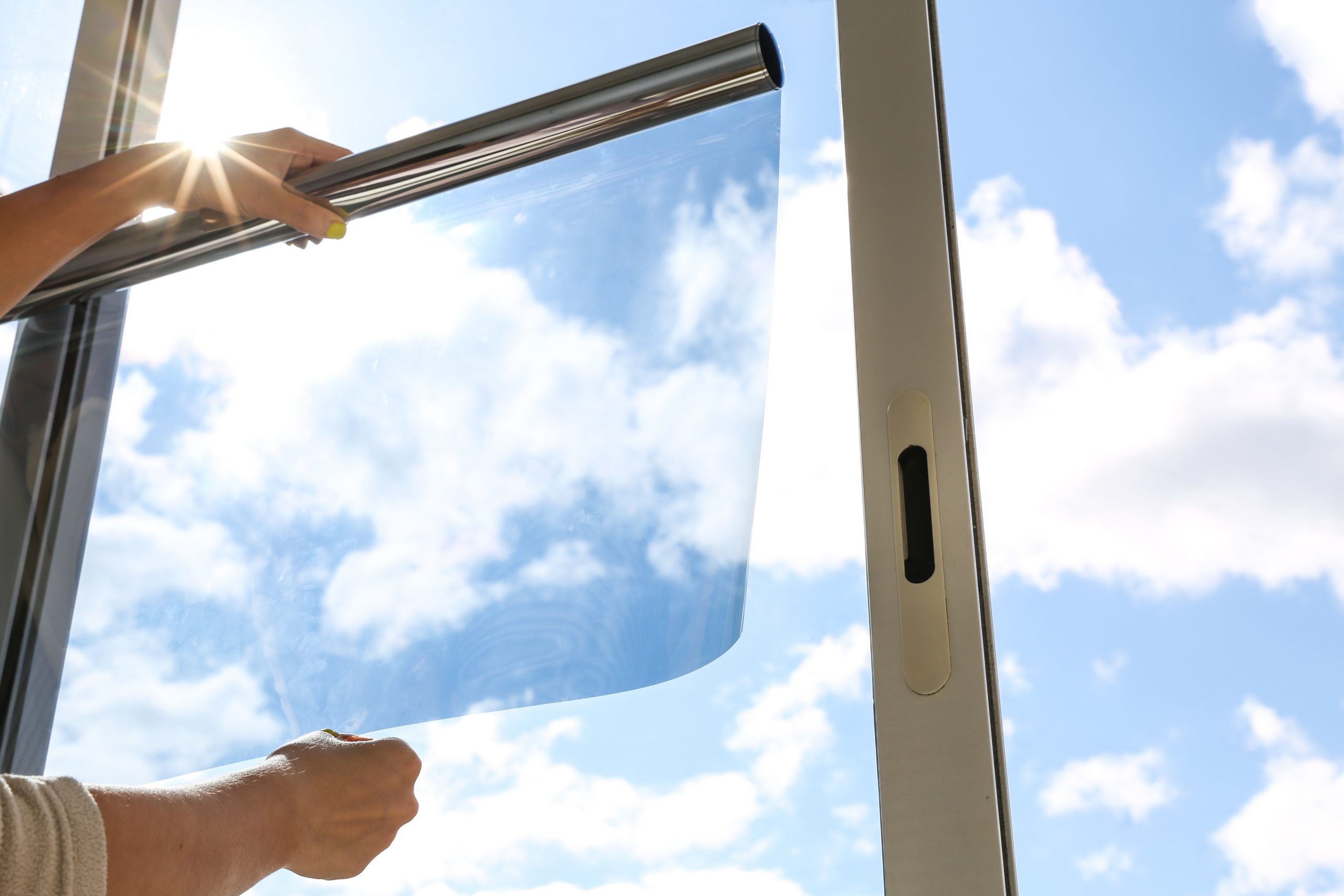
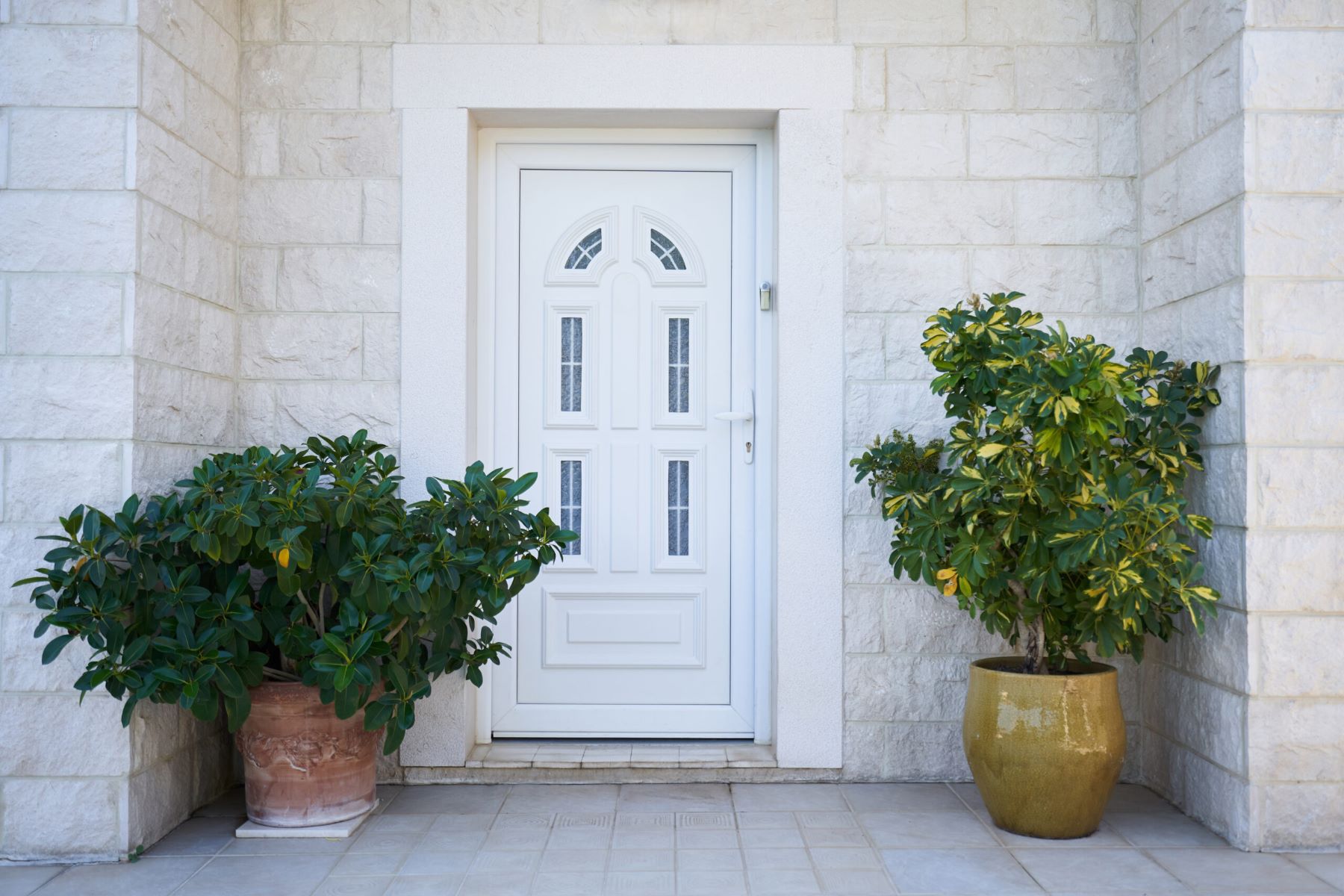
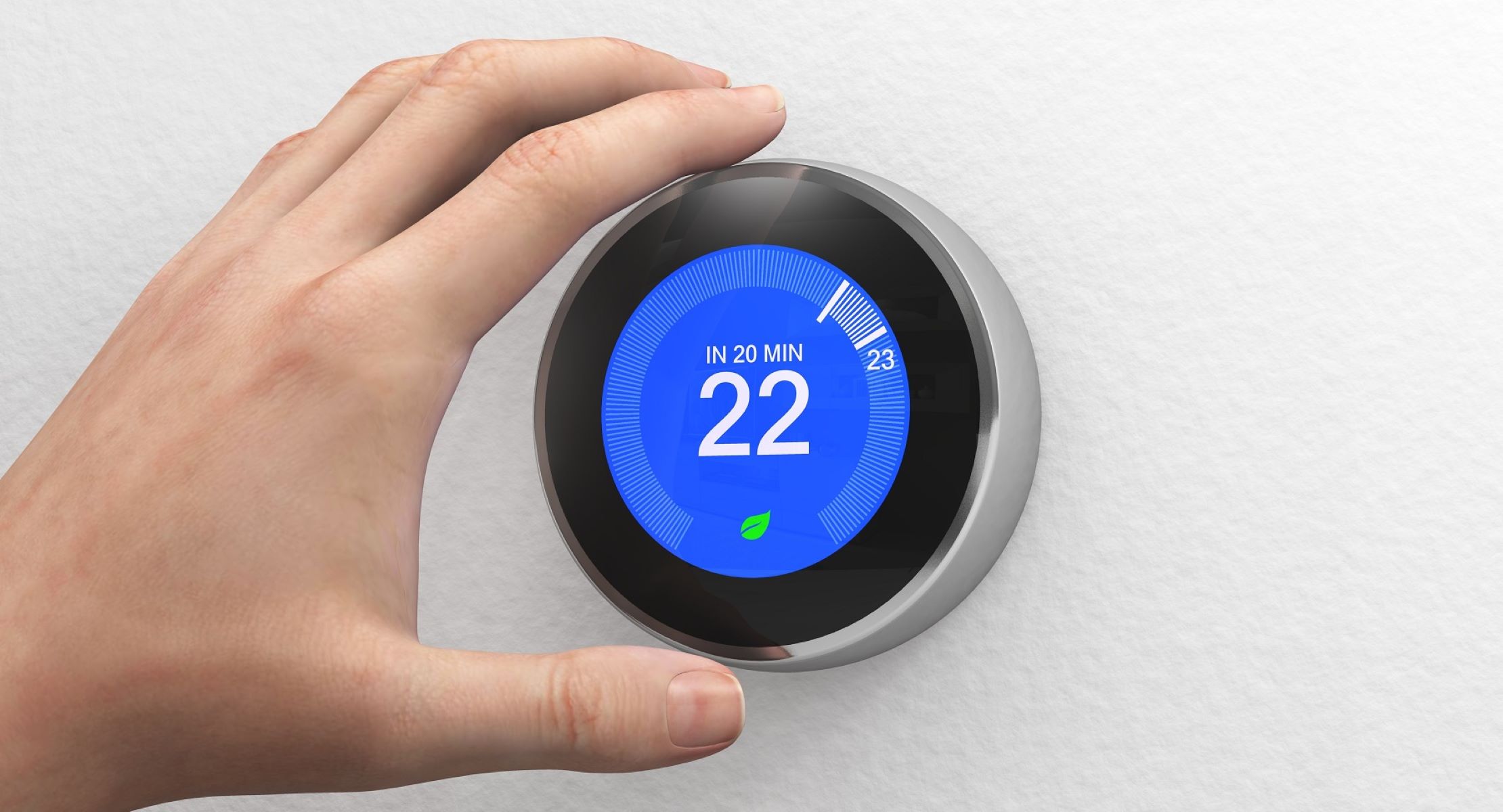
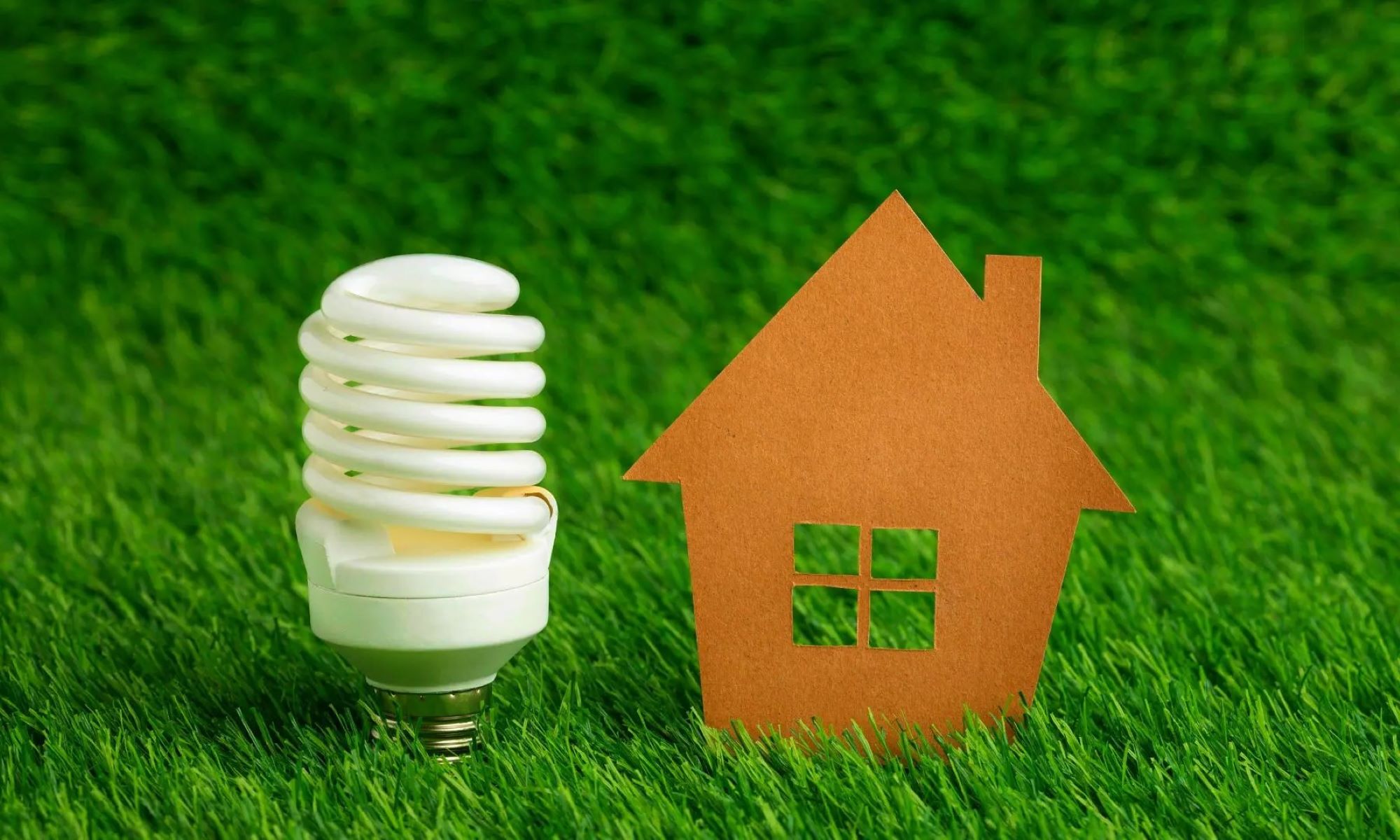

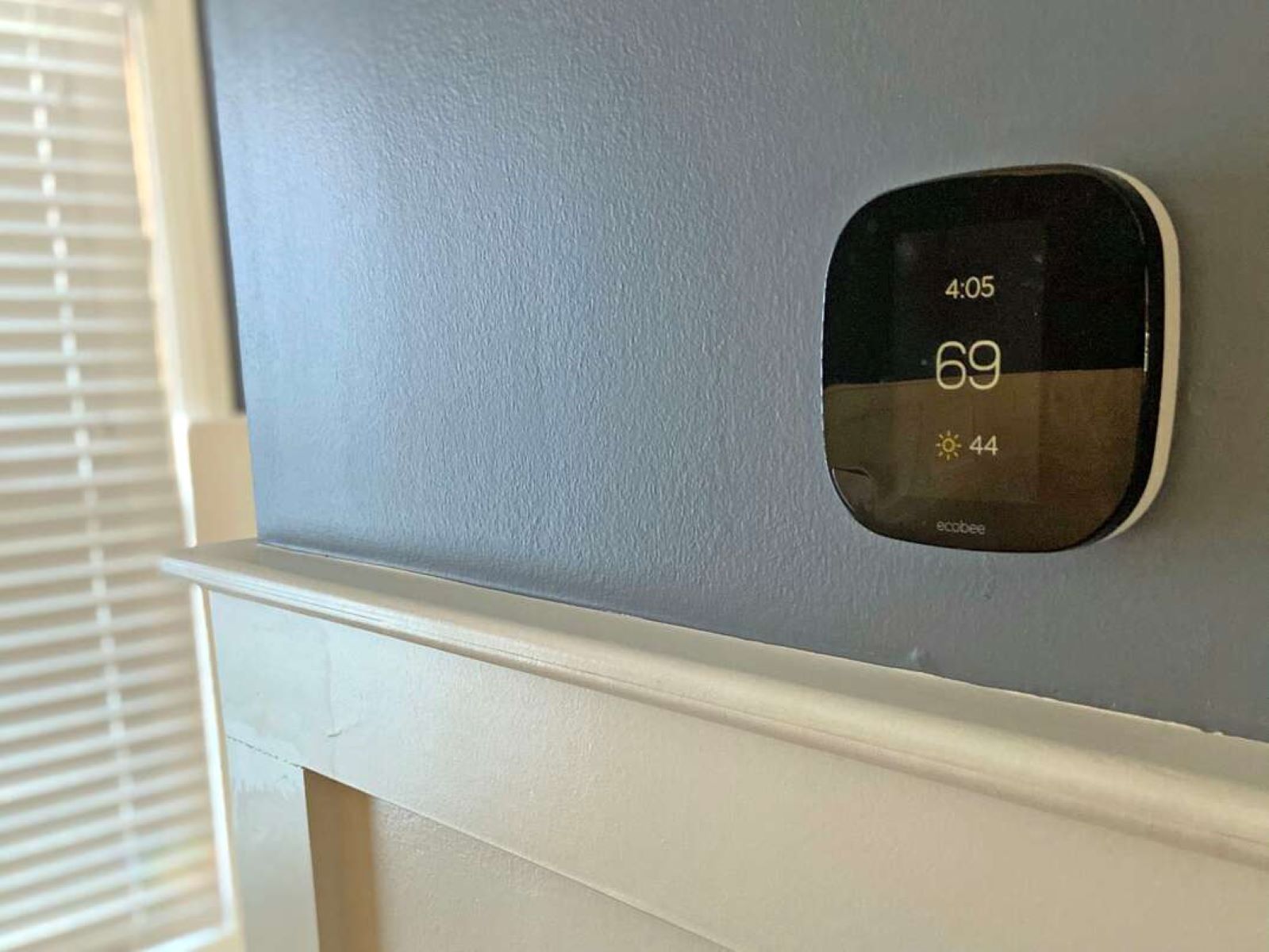

0 thoughts on “What Is The Most Energy Efficient Light Bulb”